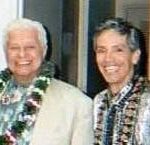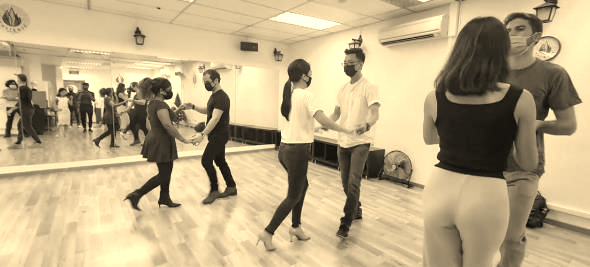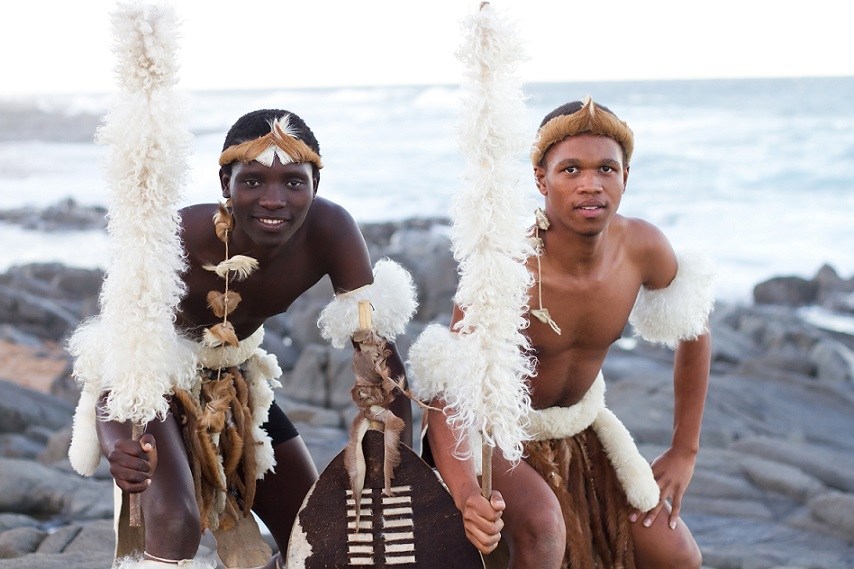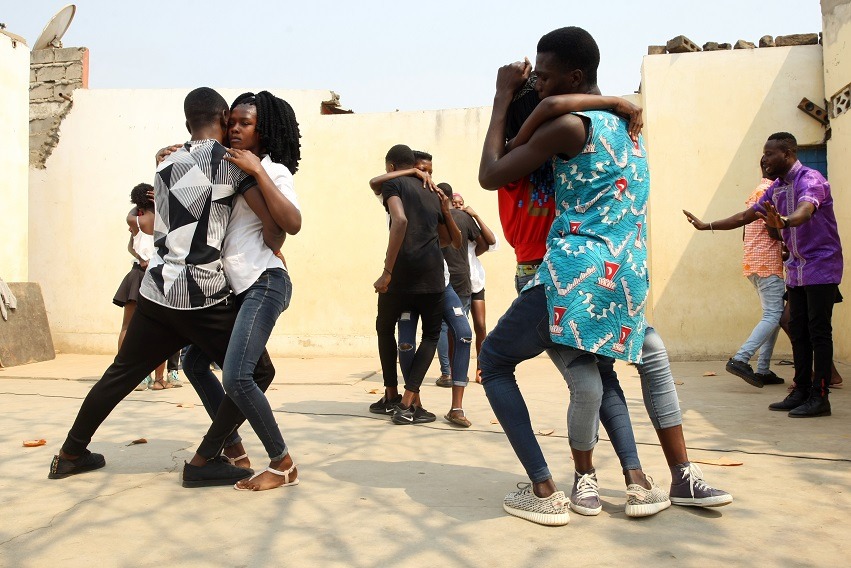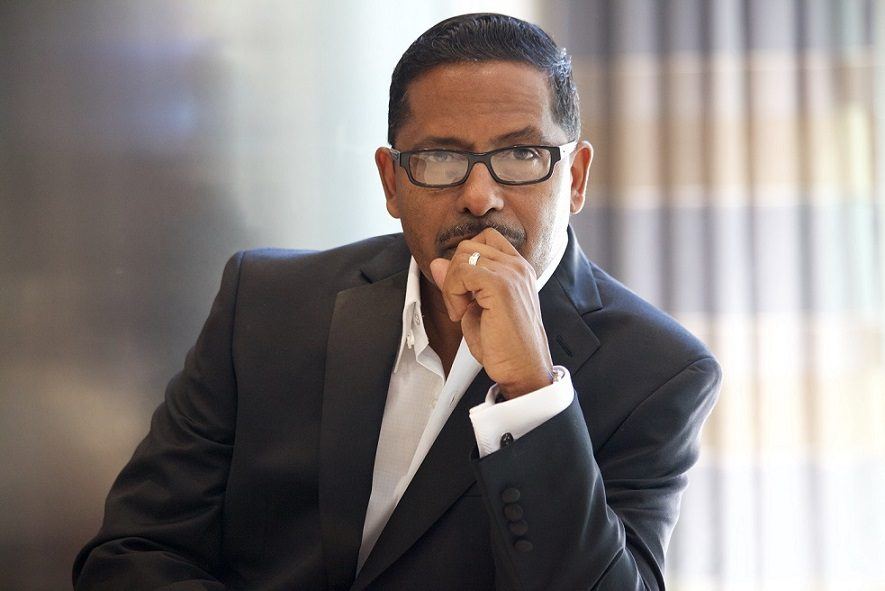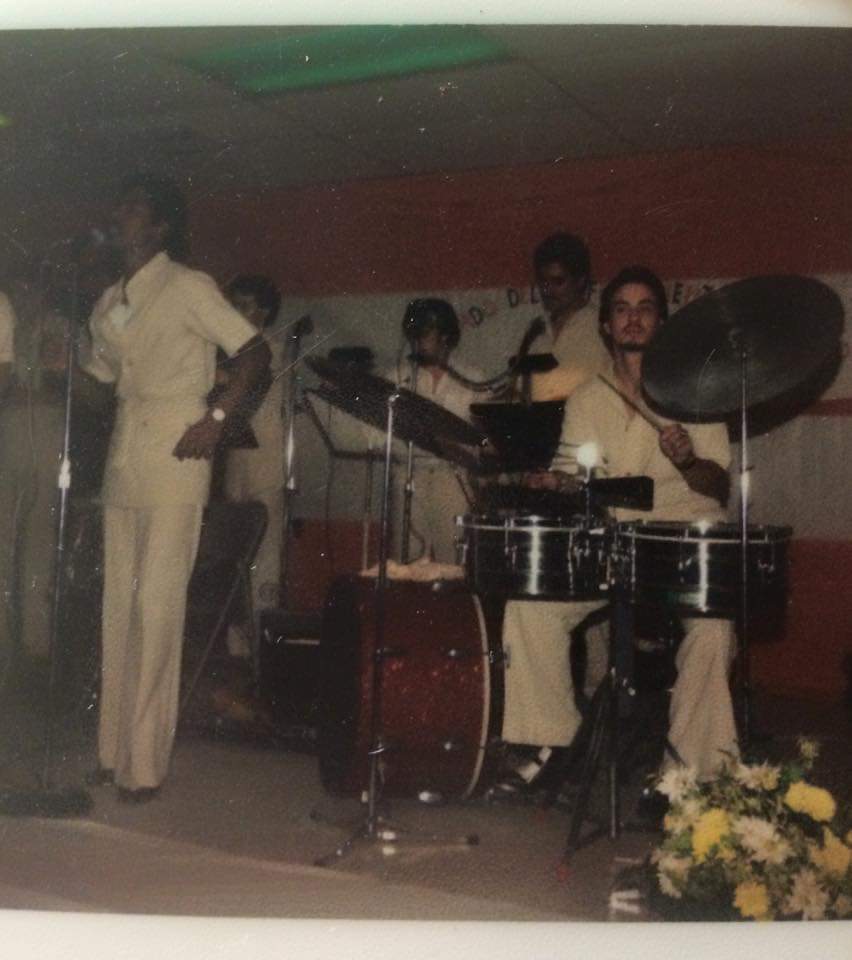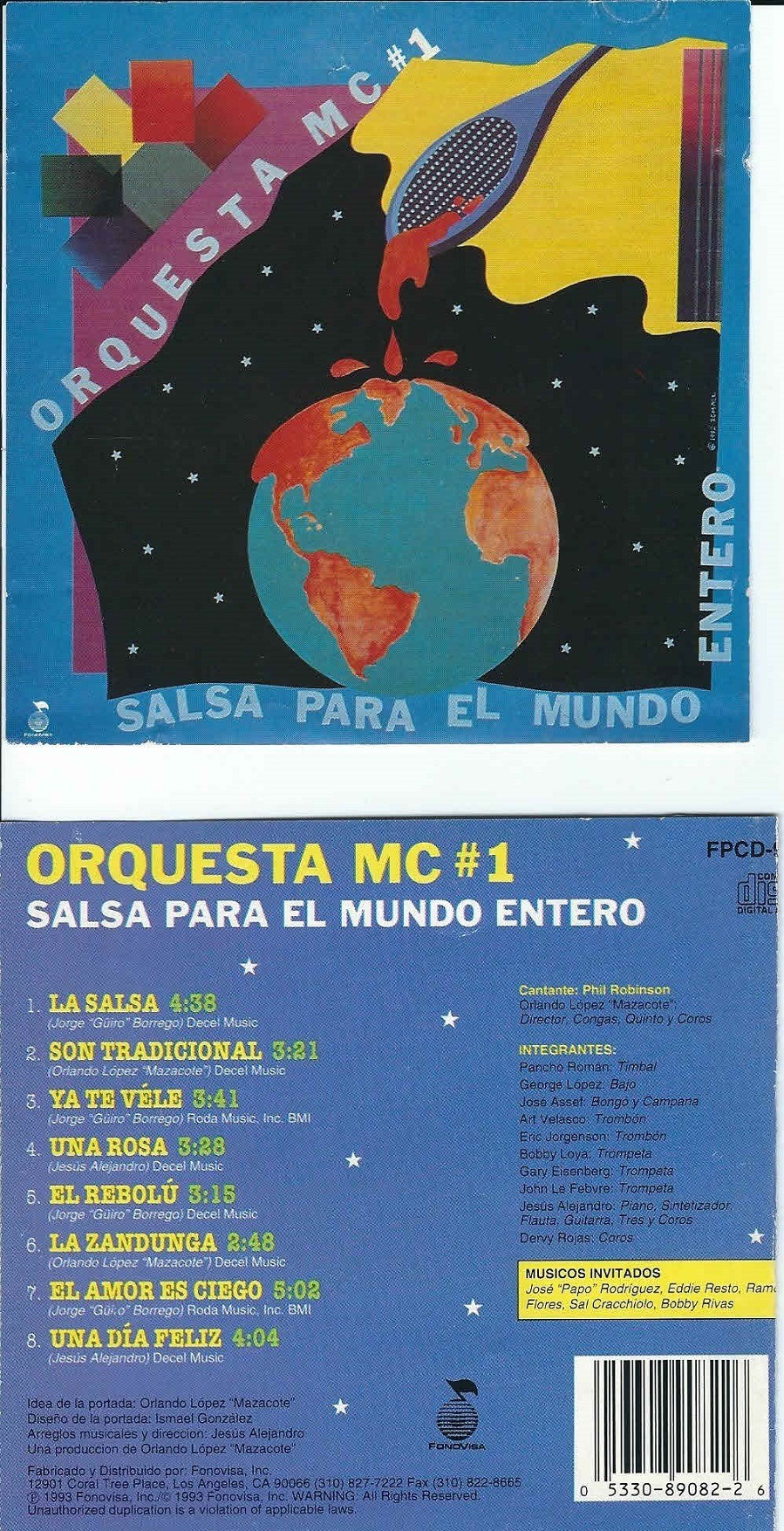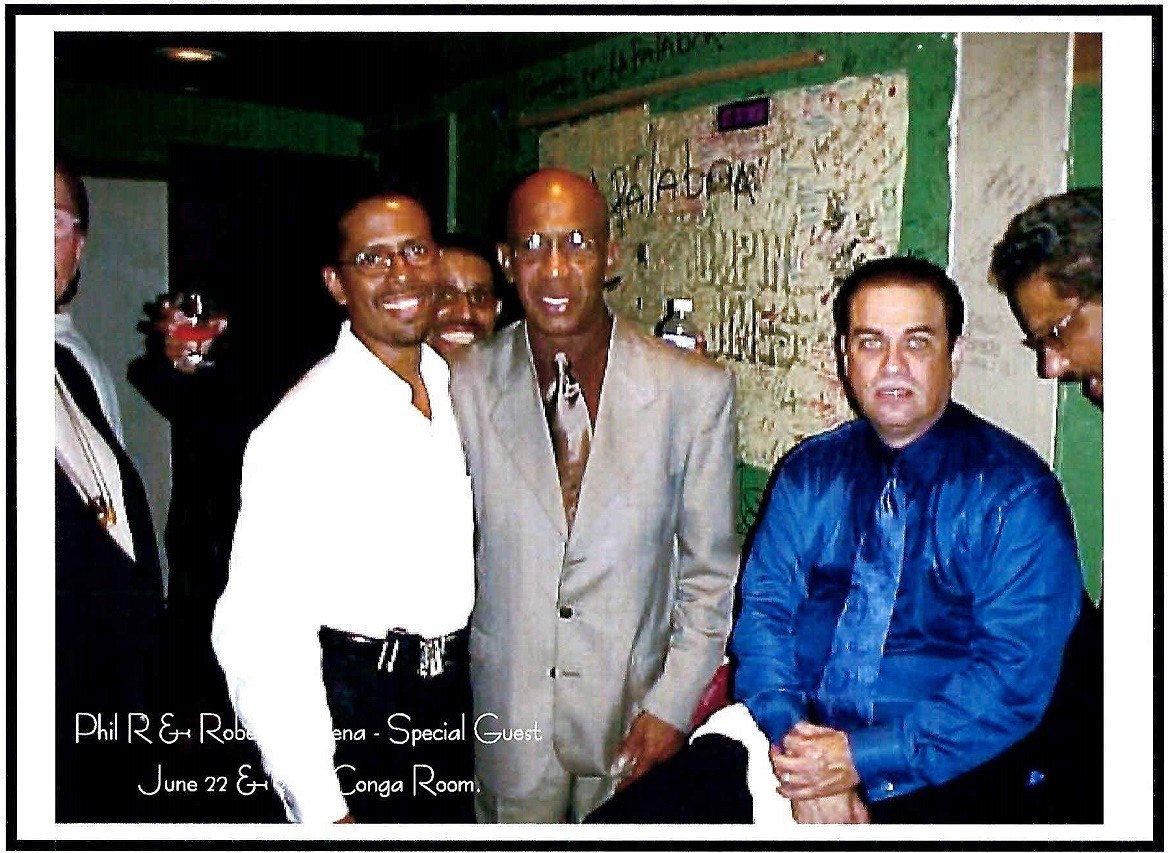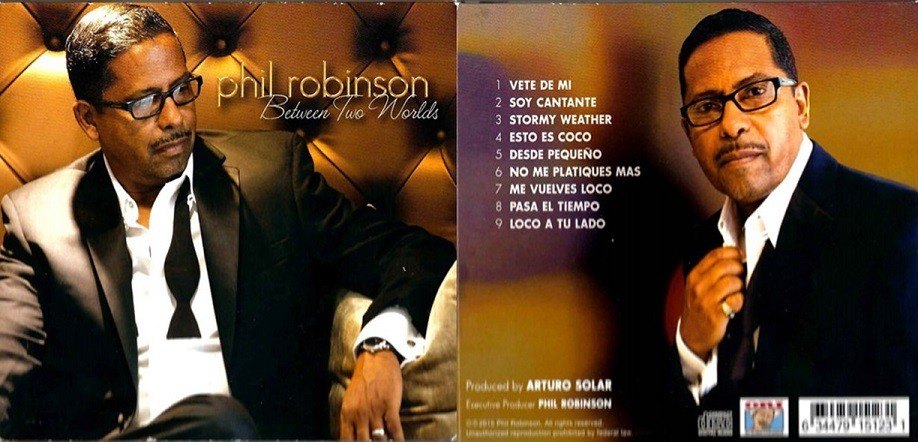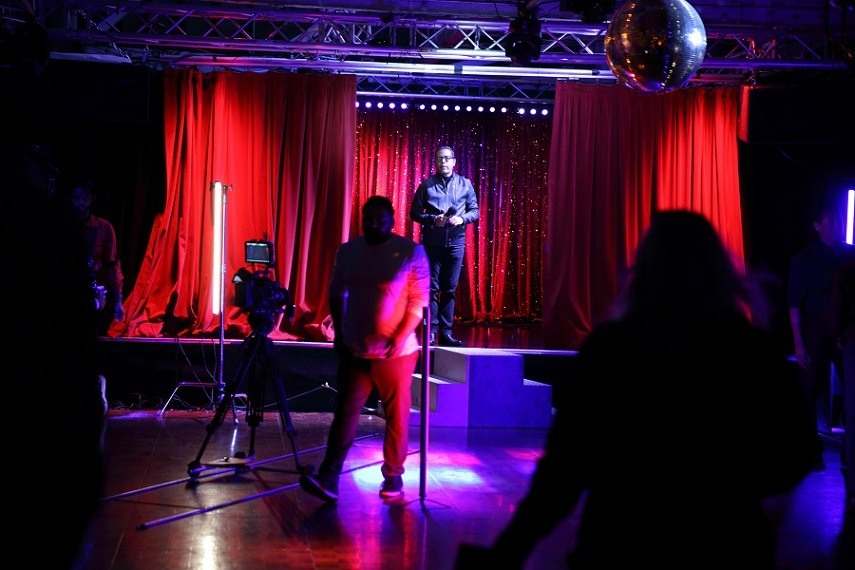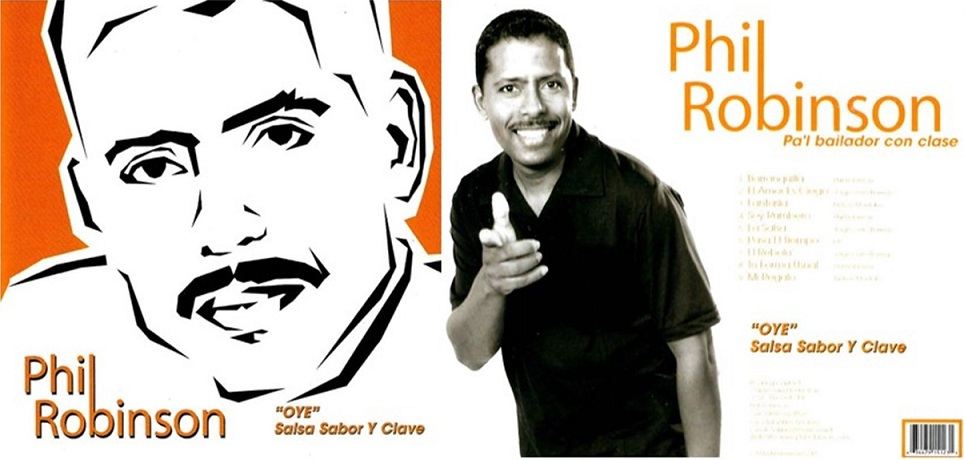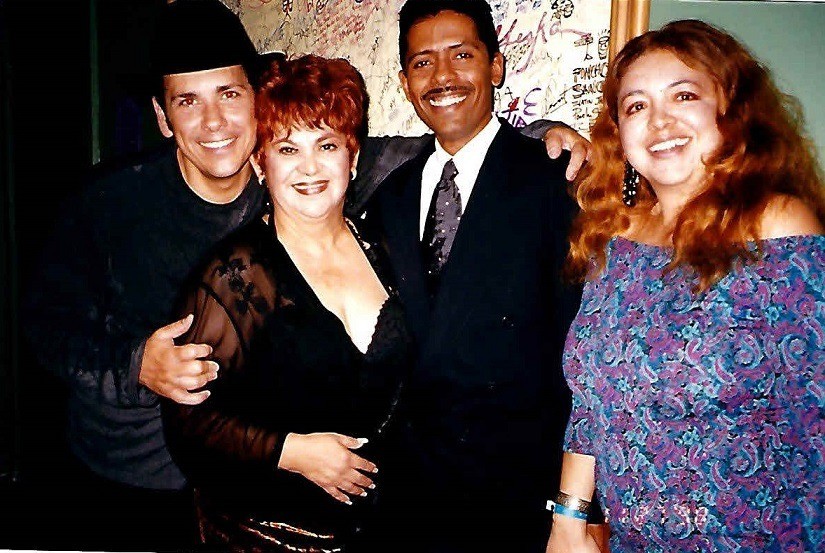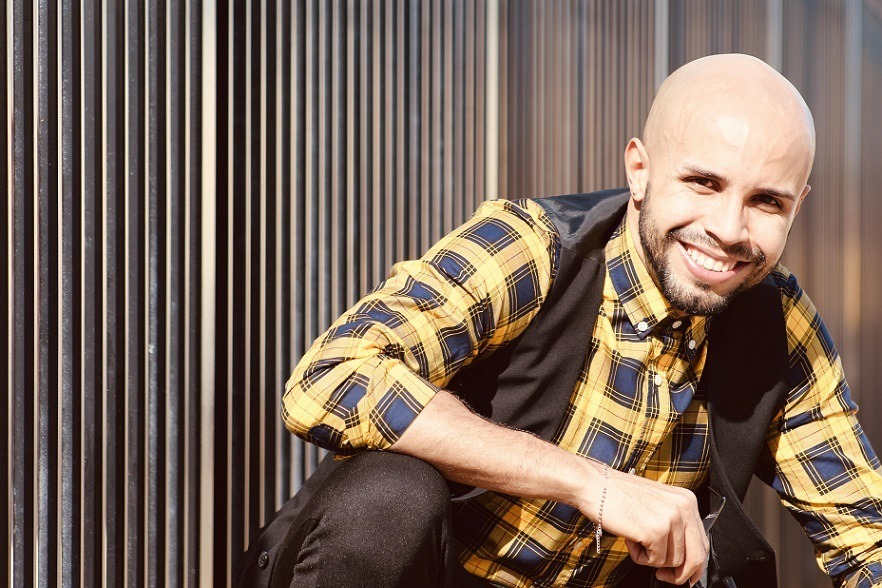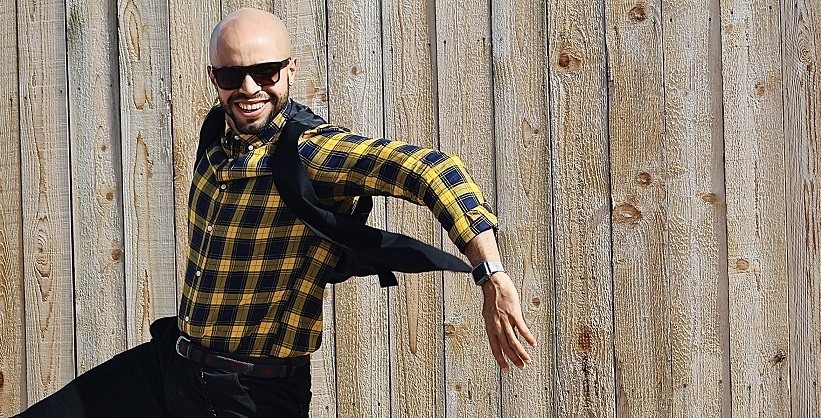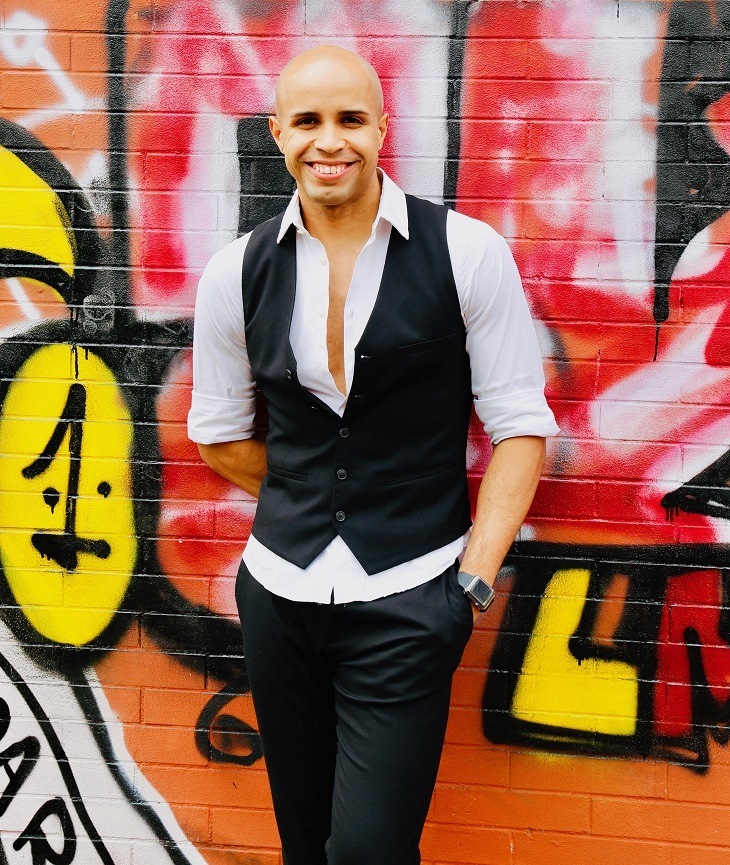Latin America / Cuba / Havana
Quinteto D’Amore, cultivating traditional Cuban music throughout the world
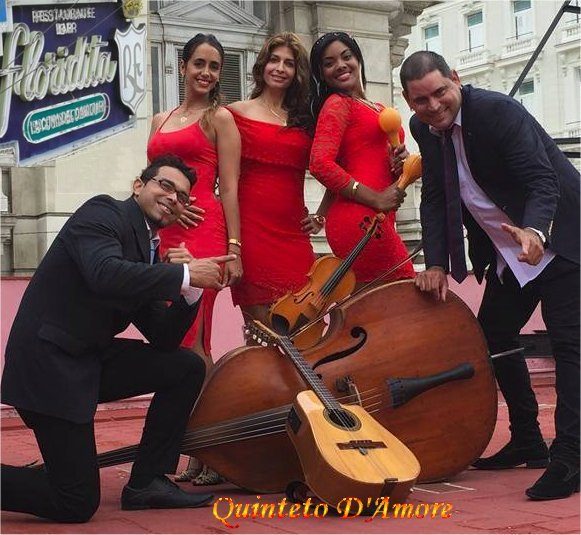
Quinteto D’Amore was founded in 2000 with an acoustic format, cultivating traditional Cuban music, although its repertoire includes international themes, it has made various national and international presentations.
In all these years different musicians have integrated the group, currently two years ago the group has been renewed and is composed of Bass, Tres, Violin, bongo, minor percussion and soloist.

They are characterized by combining music, voices and choreography in some of their songs, filling those who can enjoy their show with joy and energy.
Yasney (violin): Graduated from the Higher Institute of Art in the specialty of Violin (ISA). Member of the UNEAC, he was a member of the National Symphony Orchestra of Cuba, has participated in record recordings of outstanding groups and soundtracks, as well as in the CD “Mi Querido Pablo II” with Pablo Milanés and his guests: Milton Nacimiento, Lucecita Benítez,
Fito Páez, Joaquín Sabina, Alberto Cortes, and in the concert offered at the National Auditorium of Mexico.
He has made numerous artistic tours and concerts with the band “Mambo Así”, the group “Sol y Arena”, “Piel Morena” among others in various countries such as: Moscow, Spain, Thailand, Hong Kong, Isla San Martín and Guadalupe, Italy. , Angola. yasney joined D’Amore in May 2014.
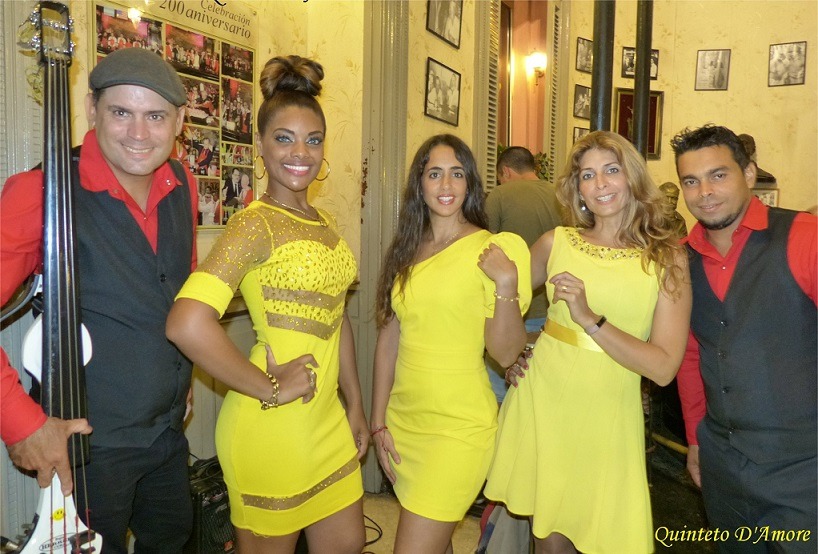
Yonel (three/four Cuban guitar) I started in music at the age of 6 when I learned to play the guitar since then I sang some songs and accompanied others like my brother. At the age of 7 I started at the art school of Sgt.
From Cuba to study the violin for more or less three years, over time I got to know other instruments such as the piano, percussion until I got to the bass with which I spent several years with the group Son Chévere de Matanzas.
Then I came to Havana and started playing the tres until I transformed it into a CUATRO, adding a couple more strings and it is the instrument I currently work with in Quinteto D’Amore.
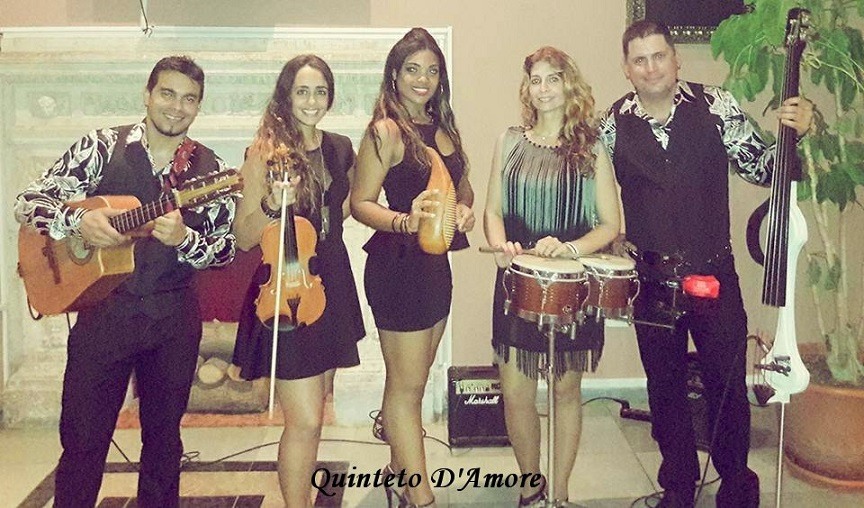
Evelyn (soloist), began studying music when she was little, receiving piano and music theory lessons at age 11, she received her first prize as a solo singer awarded by the pioneer organization, she also received dance classes at the National Ballet School of the Havana and contemporary dance workshops, integrating several dance companies and performing in the 2nd Tropicana Show. She is a mid-level micro operator graduate. I study at the school of art instructors.
As a singer, he began his professional career integrating several groups such as: Lady Salsa Mix, Cuban Salsa Orchestra, Las Canelas, Ketlman Ferrer and his orchestra, etc. She is currently the solo singer of the Quinteto D’Amore.
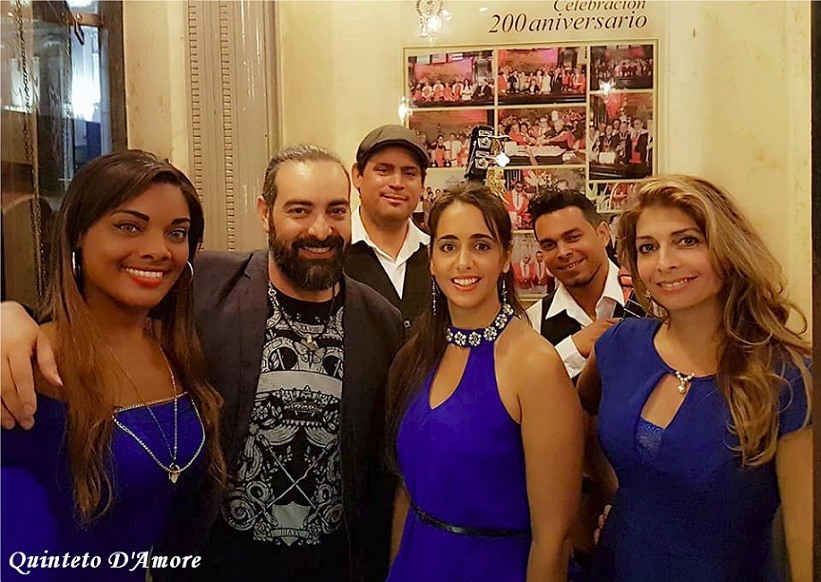
Orley (Bass): He studied Bass and Double Bass, he began his musical career in Ciego de Ávila as part of different groups of small and large format such as: Orquesta Eclipse, Conjunto Campesino “Campo Lindo”, among others, later he joined groups in Havana as the Tradition Septet, the group of the singer Leyanis López traveling to France (Paris) under the record label “Luz Africa”, from 2007 to 2011 in the Maykel Blanco Orchestra and its Salsa Mayor making several international tours by Italy, Sweden, Denmark, Germany, Poland, Switzerland, Belgium and Peru, thus participating in the recording of their 2 albums.
From 2011 to 2013 he was a member of the groups “Amor y el Son”, Pepitín y su CumBachá”, and Habana Midic, performing in Egypt, Jordan, Tunisia and Lebanon. Orey joined D’Amore in May 2014.
Daymé (Director, tres and bongó): Graduated in Telecommunications and Electronics Engineering at ISPJAE, and in intermediate level in music in the specialty of “Tres”, she belonged to the movement of amateur artists for 14 years, participating in international festivals, more Later as a professional, he joined several small-format groups performing in Cuba at the “Dos Gardenias” complex, La Bodeguita del Medio, at the Floridita Restaurant and in various hotels, abroad he has fulfilled various contracts in Jamaica, Qatar, United Arab Emirates (Abu Dhabi, Dubai and Al Ain), Jordan, Egypt, Japan, Spain, Turkey and China, she is currently the bongo player and director of the DÁmore Quintet.
Maria Carla (2nd violin) She began her music studies at the “Alejandro García Caturla Conservatory” where she reached the level of Junior High School and the 7th year of violin.
In 2006 he entered the “Amadeo Roldán Conservatory” to continue his studies up to the upper middle level of violin. During his student stage he was part of the orchestras of the respective schools participating in meetings, competitions and concerts both as an instrumentalist and as a vocalist in choirs.
Upon graduation, he taught in the province of Pinar del Río and for two years taught at the Vocational School of Art in the city of Pinar del Río.
Since 2010 he has been part of the National Symphony Orchestra of Cuba, collaborating simultaneously with various groups of both classical music and popular music with groups such as “La Camerata del Son”, “Ensemble Alternativo”, “Quinteto D Amore”, “Orquesta Panorama”, “Quinteto Doble Sabor”.
María Carla also participated in several events and festivals: National Meeting of Symphony Orchestras, International Fair
Cubadisco, Encounter of Choirs, -Festival América Canta, Festival of Contemporary Music, Festival of Young Pianists,
Danzón Festival, International Book Fair of Havana as well as in various recordings of phonograms with artists such as José María and Sergio Vitier, Toni Pinelli, Rafael Guedes, Aldo López-Gavilán.
He has also accompanied renowned soloists such as pianists Lang Lang, Chucho Valdés, Frank Fernández, Aldo López Gavilán, singer Omara Portuondo, violinists Ryu Goto, Francesco Manara, clarinetist Keisuke Wakao, guitarist Joaquín Clerch.
I work under the baton of directors such as Yoshikazu Fukumura, Marin Alsop, Francesco Belli.
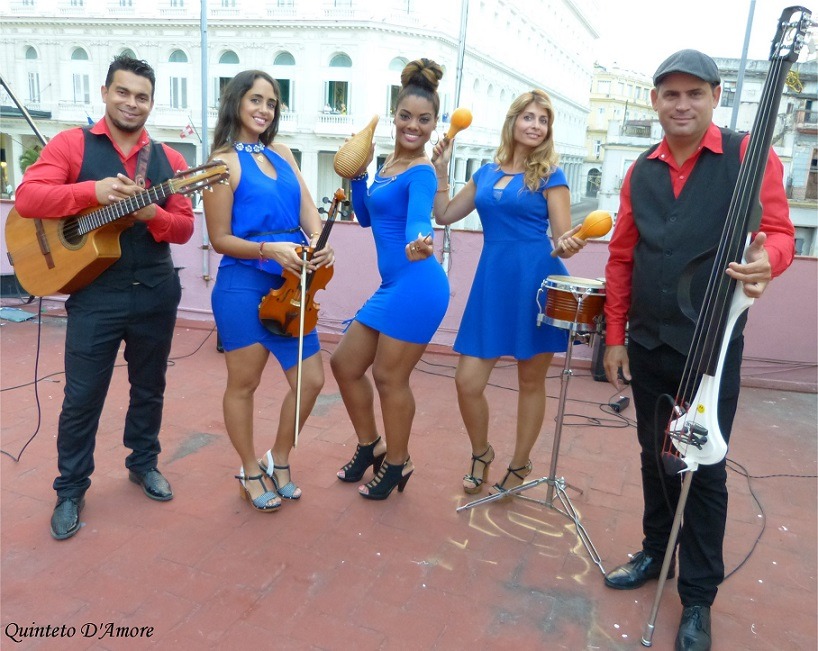
Quintet D’Amore Repertoire
Latin/English Recent Hits
Havana – Camila Cabello
Someone Like You ‐ Adele
Don’t You Remember ‐ Adele
Unbreak My Heart ‐ Tony Braxton
Rehab ‐ Amy Winehouse
Whenever Whatever ‐ Shakira
Dancing – Enrique Iglesias,
Lambada‐Kapma,
Macarena ‐ Those of the River,
Mambo No 5 ‐ Lou Bega,
Nossa Nossa ‐ Miechl Telo
I Have Your Love ‐ Si7e
I just want to give you a kiss – Prince Royce
Despacito – Luis Fonsi & Daddy Yankee
English Pop, Rock, Blues, Jazz, R&B
Stand By Me ‐ Ben E. King
Yesterday ‐ The Beatles
Only You (And You Alone) ‐ The Platters
New York New York ‐ Frank Sinatra, Liza Minelli
Misty ‐ Errol Garner & Johnny Burke / Johnny Mathis
Girl From Ipanema ‐ Pery Ribeiro, Frank Sinatra
Flying To The Moon ‐ Frank Sinatra, Doris Day, Tony Bennett, Diana Krall
Summertime ‐ Ella Fitzgerald, Janis Joplin, Billie Holiday …
Autumn Leaves ‐ Nat King Cole, Andrea Bocleli, Eric Clapton …
My Way – Jacques Revaux, Paul Anka / Claude Francois, Frank Sinatra, Elvis Presley
I Just Called To Say I Love You ‐ Stevie Wonder
Somewhere Over the Rainbown ‐ Harold Arlen and Yip Harburg / Judy Garland, Israel
For Ever And Ever ‐ Demis Roussos
Hotel California – Eagles …
Cuban/Latin Salsa, Son, Rumba, Cumbia, Bolero
The Modern Yerbero ‐ Celia Cruz,
Quimbara ‐ Celia Cruz
Life is a Carnival – Celia Cruz
Idyll ‐ Wilie Colon
El Cartero ‐ Buena Vista Social Club
Tula Room ‐ Buena Vista Social Club
Discreet Kisses ‐ Compay Segundo
Chan chan ‐ Compay Segundo
Goodbye, Commander ‐ Carlos Puebla
Husbands Majaderos ‐ Perdro Luis Ferrer
Yolanda ‐ Pablo Milanes
I’ll be back – Diego Verdaguer
Pile of Stars ‐ Polo Montañez
Cariñito ‐ The Children of the Sun
Hey How It Goes ‐ Tito Puente / Carlos Santana
Nel blu dipinto di blu (Volare) ‐ Dean Martin …
Cocoon of Aleli ‐ Catean Veloso
Dos Gardenias ‐ Daniel Santos, Buena Vista Social Club
The Pale Flower ‐ Polo Montanez / Marc Anthony
Perfidia ‐ Alberto Domínguez / Los Panchos, Perez Prado, Nat King Cole, Ben E. King,
Luis Miguel
Guantanamera ‐ Celia Cruz, Compay Segundo, Tito Puente, Joan Baez
Black Tears ‐ Trio Matamorros, Omara Portuondo, Celia Cruz, Compay
Segundo/Cesaria Evora
Grinding Coffee ‐ Jose Manzo Perroni / Mario Suárez, Xiomara Alfaro, Ricardo
Montaner
El Manisero ‐ Rita Montaner, Antonio Machin, Mistinguett, Louis Armstrong
Story of a love ‐ Carlos Eleta Almaran, Guadalupe Pineda
Besame Mucho ‐ Consuelo Velasquez / Los Panchos, Pedro Infante, Louis Arnstrong,
Andrea Bocelli
Maybe Maybe Maybe ‐ Osvaldo Farres / Bobby Capo, Celia Cruz, Nat King Cole
The cumbanchero ‐ Rafael Hernandez / Tito Puente
Que Sera, Sera ‐ Jay Livingston and Ray Evans / Connie Francis, Natalie Cole
Pink Cherry ‐ Los Tecolines
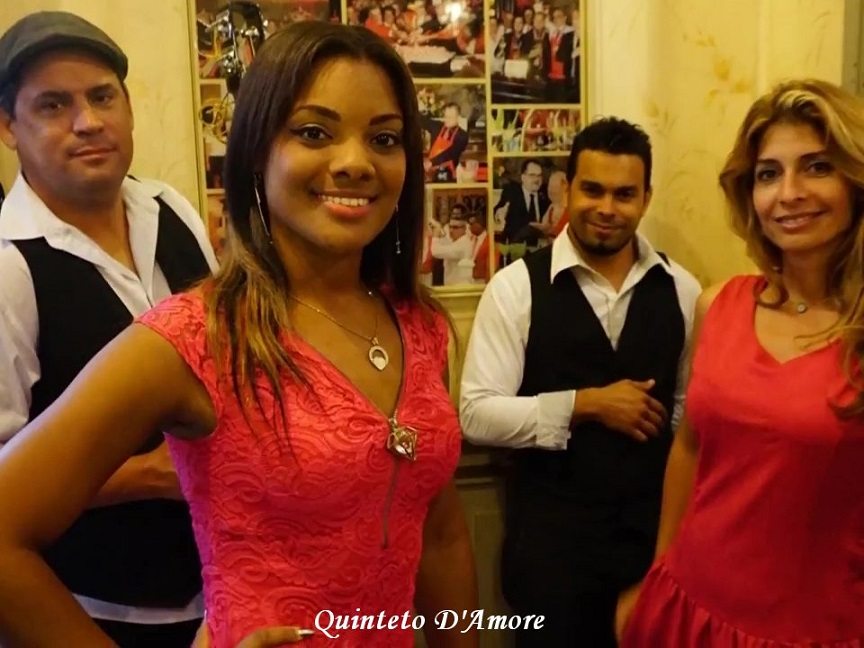
www.quintetodamore.com
www.facebook.com/QuintetoDAmore
Youtube Quinteto D’Amore
Contact us at [email protected]

